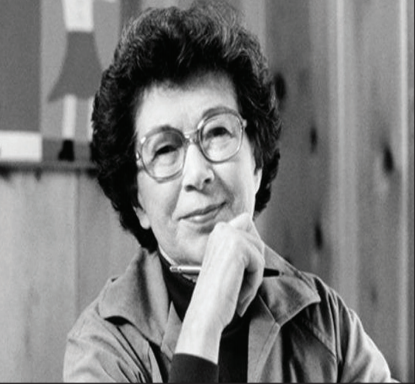In 1884, Mark Twain wrote, “The Adventures of Huckleberry Finn,” a classic in the American literary canon revolving around Huckleberry “Huck” Finn. Huck befriends a former slave, Jim, and the two go on adventures through the nineteenth century southern antebellum.
Jim is, at many times, characterized as an unintelligent, uneducated and comedic character. Twain often repeats the n-word and emphasizes the stereotype of people of color in the 19th century.
In 1952, Raymond Chandler wrote “The Big Sleep,” a novel about Chandler’s legendary detective Philip Marlowe. As Marlowe spirals through a blackmail case, he overly sexualizes the women in the novel.
Chandler’s use of the “male gaze” is at times uncomfortable and demeaning to women. He describes the story’s female protagonist, “She was worth a stare… so I stared at her legs in the sheerest silk stockings… her knees were dimpled, not bony and sharp. The calves were beautiful, the ankles long and slim and with enough melodic line for a tone poem.”
In 1960, Harper Lee wrote, “To Kill a Mockingbird,” told by the protagonist Atticus Finch’s daughter, Scout, and the novel is considered one of the greatest in American Literature. The story revolves around Atticus’s trial defending Thomas Robinson, a person of color who is accused of raping a white woman.
The novel was initially not taken well by critics because of the urgent tone of the novel and the villainous character of some white people in the novel. Written two years before Dr. Martin Luther King’s “I Have A Dream” speech, the novel was ahead of its time, as a white author defending an African American in a trial.
The book’s racial slurs, profanity and frank discussion of rape have led people to challenge its appropriateness in libraries and classrooms across the United States.
What do all three of these notable novels have in common? While they all discuss uncomfortable topics, they continue to be popularly taught in schools.
Growing up in a largely white and middle-class community, I first remember being introduced to Lee and Twain’s novels in eighth grade. This was also the first time I was really introduced to injustices in our history.
I had heard about slavery in history class, and I was told that it was bad. But other than that, my naïve middle-school self thought that once the thirteenth amendment passed, POOF! Racism was magically shunned away. But these novels, despite their repeated use of racial profanity, are important and simple ways to explain injustices to our youths.
Earlier this semester in my popular literature class, we read Raymond Chandler’s serialized novel, “The Big Sleep.” As displayed from the aforementioned passage, Chandler’s description of women is uncomfortable and misogynistic. But it’s misogynistic language does not mean that we should not be reading it in the classroom.
We teach stories such as Raymond Chandler’s “The Big Sleep” not because we encourage the behavior of Philip Marlowe, but because we condone it. We cannot skip over the American genocide, slavery or civil rights.
In essence, we teach it because of the prose, but while the behavior of the characters is inappropriate, in modern American standards, it was acceptable back then. We cannot skip over this time period because of the behavior that surrounded it making you feel uncomfortable. Because if we skip over it, we will cease to forget the importance of it.
Ezra Pound once said, “Literature is news, that stays news.” The power of literature is not simply to entertain but to display the human condition at the time written. It points out faults in society and helps us to be better. We cannot let go of literature, no matter how uncomfortable it may make us feel.
Matthew Villanueva, Opinion editor
villanjv18@bonaventure.edu









